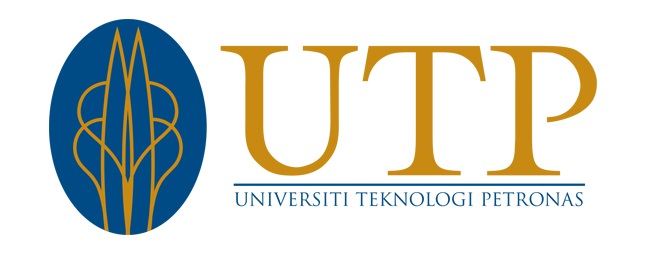W. Othman, Wan Norafiza (2005) Characterization of Cu/ZnO Catalysts from a Methanol Plant. [Final Year Project] (Unpublished)
2006 - Characterization of CuZnO Catalysts from a Methanol Plant.pdf
Download (2MB)
Abstract
The main objectives of this project are to study the physical and chemical properties of
fresh and spent catalysts, to identify the type of decays which led to the catalysts
deactivation, and to propose the best handling option of the spent catalyst that is
economical and environmental friendly, based on the causes of catalyst decay. Samples
of fresh and spent Cu/ZnO catalysts were obtained from Petronas Methanol Plant in
Labuan. The properties of catalysts studied were the reduction and oxidation profiles,
BET surface area, density, morphology, phase changes as well as the chemical contents.
Series of experiments were conducted using equipment such as Temperature
Programming Desorbtion, Reduction and Oxidation (TPDRO), Carbon, Hydrogen,
Nitrogen, and Sulphur Analyzer (CHNS), Scanning Electron Microscope (SEM),
Energy Dispersive X-ray (EDX), X-ray Diffraction Unit (XRD), Pycnometer and
Fourier Transform Infrared Spectrometer (FTIR).
The BET surface area was 109.48 m2/g and 71.15 m2/g for fresh and spent catalysts
respectively. The results showed that sulfur and carbon exist in the fresh and spent
catalysts. Results of SEM, TPR and TPO analyses showed that the spent catalysts
experienced thermal sintering. The spent catalyst cannot be regenerated because of the
changes in its physical and chemical properties. The best handling option proposed is
disposal and prevention of the catalysts life degradation is preferred because the
decayed catalysts cannotbe reused.
| Item Type: | Final Year Project |
|---|---|
| Subjects: | T Technology > TP Chemical technology |
| Departments / MOR / COE: | Engineering > Chemical |
| Depositing User: | Users 2053 not found. |
| Date Deposited: | 27 Sep 2013 10:56 |
| Last Modified: | 25 Jan 2017 09:46 |
| URI: | http://utpedia.utp.edu.my/id/eprint/6873 |
 UTPedia
UTPedia